Art at the Edges of Everything
Minneapolis-based artist and curator Sandra Teitge reports back from Marfa, Texas, in the first of an occasional series of dispatches from outposts at the periphery of the art world.
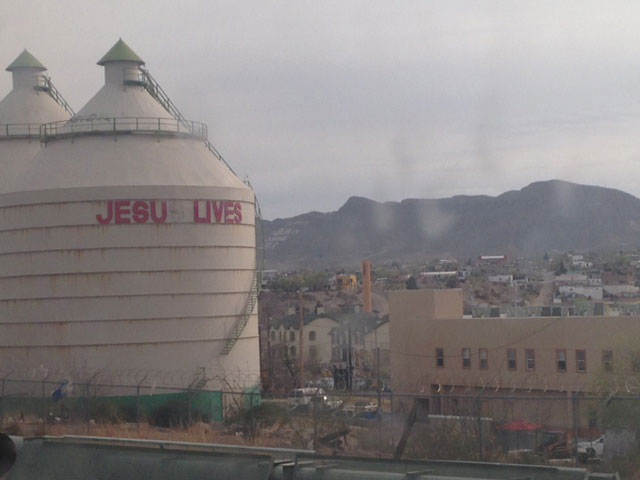
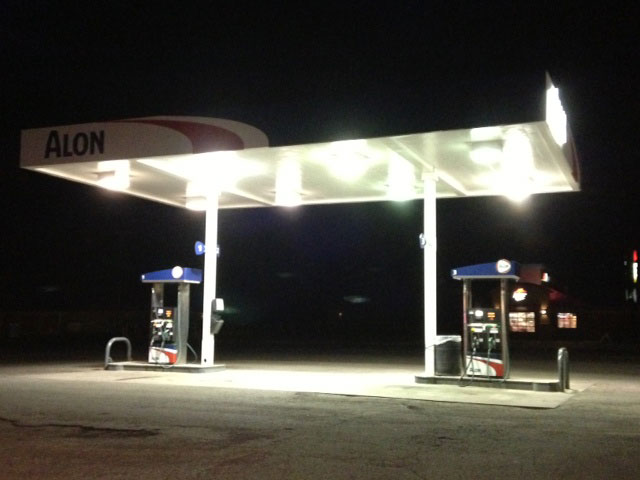
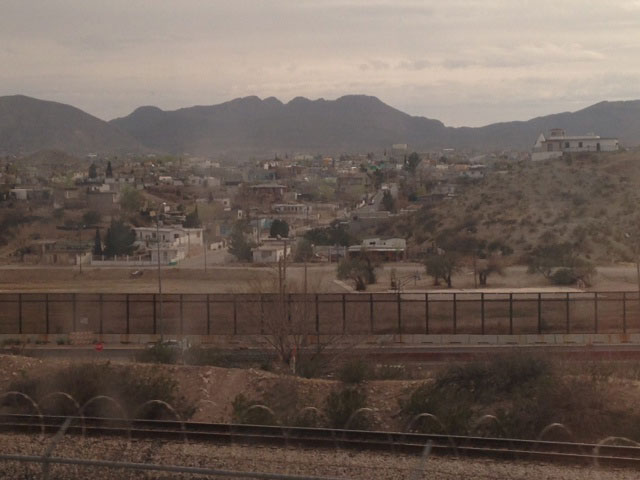
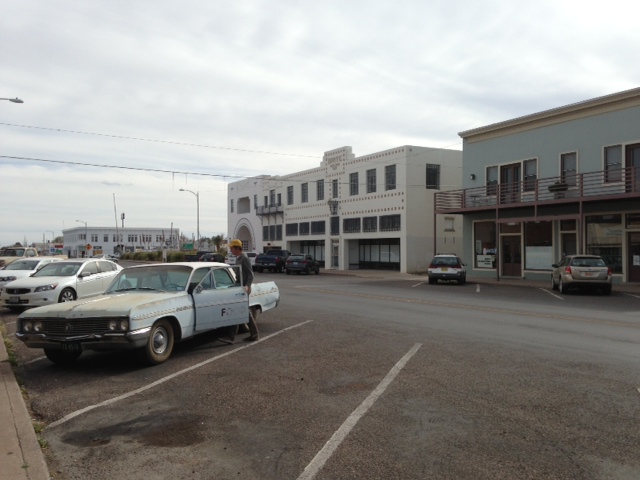
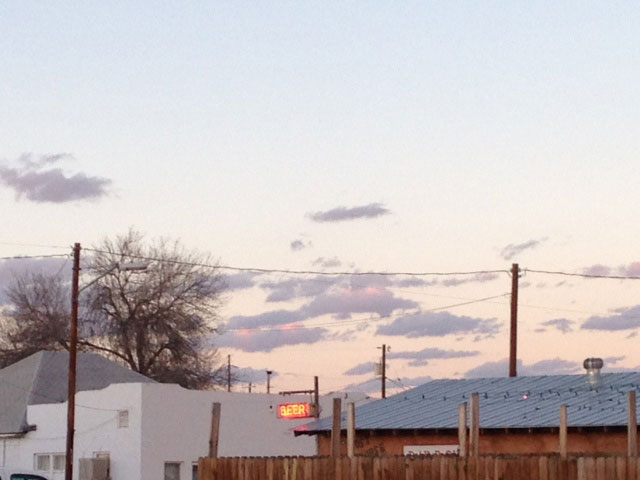
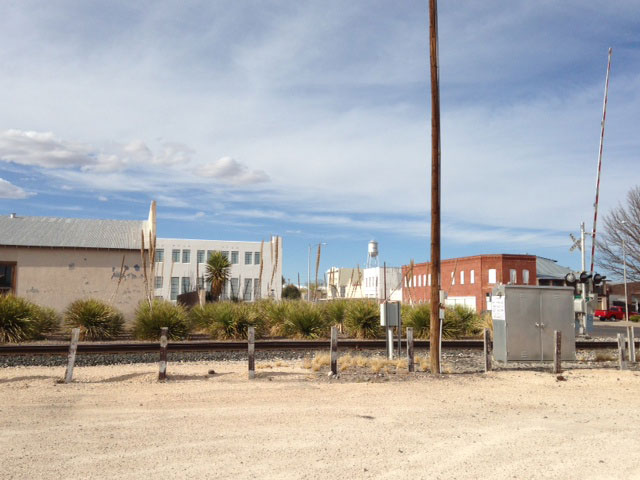
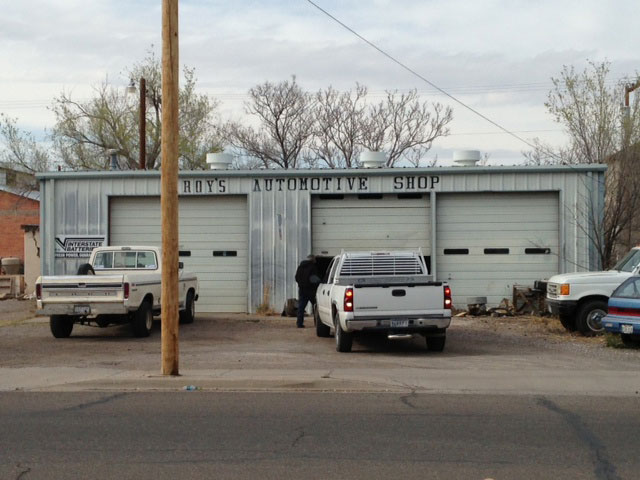

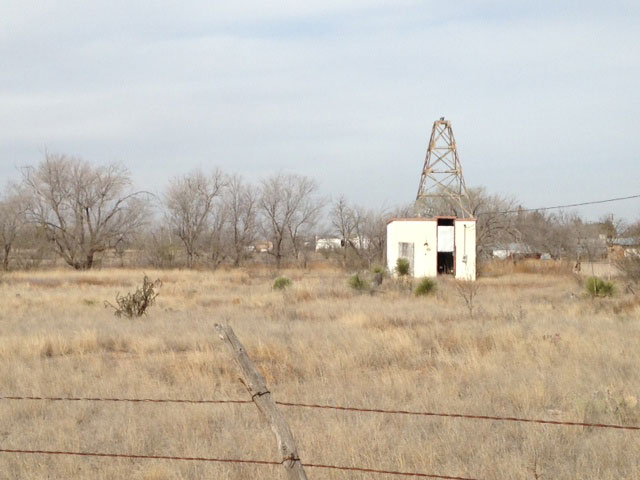
Oh, the periphery
They throw good parties there
Those peripheral idiots
Always have a bite to bare
Bear it if you can
If you really want to
“Periphery”
(Fiona Apple)
FIRST STOP: MARFA, TEXAS. Surrounded by similarly romantic-sounding places such as Presidio and Valentine, Marfa is located in the middle of West Texas desert country. Founded in the early 1880s as a railroad water stop, some say Marfa was named after the wife of a railroad executive. Others suggest that a character in Fyodor Dostoevsky’s The Brothers Karamazov inspired the distinctive moniker, while still more offer Marfa Strogoff, the mother of the protagonist in Jules Verne’s novel Michel Strogoff, as the namesake for this Texan town. Whoever dubbed Marfa as such was surely prescient: this place has remained true to its unique name and developed into an exceptional art attraction – in the middle of nowhere.
Donald Judd first came to town in the late 1960s. Perhaps he was attracted by the Wild West character of the region as it was depicted in George Steven’s film Giant, James Dean’s last film. Judd eventually moved from New York City to Marfa in 1971, drawing several art foundations and fellow artists along with him. From there, Marfa quickly became a destination for artists and writers looking to escape the hectic pace of urban life in the coastal cities. And 55 years later, Marfa has evolved into one of the art world’s most intriguing destinations. Its rise embodies an ongoing move to the periphery, away from the coasts – New York and L.A. – and into the heart of the country.
The word, periphery, originates with ancient Greek: periphereia, or “the line around the circle, circumference, part of a circle, an arc, the outer surface.” In opposition to its etymological meaning, in the U.S. the periphery points inwards, to the center, and vistas that even after centuries of human conquest still seem infinitely vast and untouched. For Europeans like me, Marfa represents the ideal American mix of sophistication and wilderness. Not long ago, colleagues of mine were invited to a residency at Fieldwork: Marfa; as I was relatively close by (in Arizona), I decided to take the train from Tucson to Marfa for a visit. So very European, you might think – but, in fact, without access to a car, the train is the fastest and most affordable connection between the two cities.
I get my first real taste of the old Wild West when I embark on the train in Tucson. Tucked away amidst high-rise buildings, the train station looks like a holdover from another time. After what seem like endless hours of Arizonian and New Mexican desert, our rail line follows the U.S.–Mexican border, demarcated by a fence which becomes a wall as we approach El Paso. The stretch of border calls to mind Israel-Palestine. Turkey-Greece (EU). And the Berlin Wall, of course, whose product I am.
From my train window, I see a party of nine people gathered at the borderline; four sit in chairs on the U.S. American side, five take seats on the Mexican side. They converse through the fence, as if there weren’t anything separating them. It’s one way to deal with the situation, I think to myself. But whatever happened to the immigration reform?
______________________________________________________
No matter where I go in the course of my stay, I see the same faces again and again. The steady influx of international artists, curators, and musicians gives Marfa a sophisticated character — like a much smaller SoHo.
______________________________________________________
We arrive in Alpine,Texas in the dark of night. I’m one of just six or seven people who descend at this stop. Everyone else is being picked up. I’m looking for the bus stop. I had tried beforehand to find out about the bus schedule, but it turned out to be quite mysterious. I make my way to the hotel across the street to inquire about the bus.
“I’m not sure where the bus stop is.”
“There is a Greyhound stop down the road, about two miles.”
“But I’m looking for the All Aboard America bus stop.”
The young woman at the hotel reception desk searches online. I try to call the number that I had found in my earlier searches, but nobody answers. The internet does not enlighten, as usual. “I’ll call a friend who knows about these things.” The woman on the other end of her call tells us that All Aboard America does indeed stop at the Greyhound station. “I can surely give you a ride,” the young lady at the hotel offers. It’s late, and I gratefully accept; she drives me down the road to a gas station where the buses are supposed to stop.
At first, I don’t see a Greyhound sign, nor any other indication that this is a bus stop. At a second glance, a small sign for my bus company by the cashier assures me that I’m in the right place. “The bus stops here, yes,” he says. “Not always on time, but it does.” Only semi-convinced, I buy a ticket from the gas station operator. $13 to get to Marfa, Texas. “What’s in Marfa, anyways?” the cashier asks me.
Apparently, only the initiated international art aficionados know. And I seem to be one of them. During my two days in town, I do it all: in the day, the Judd Foundation, the Chinati Foundation, the Hubbard/Birchler exhibition at Ballroom Marfa, the Marfa Book Company; at night, the Cochineal and the Lonely Horse Bar.
No matter where I go in the course of my stay, I see the same faces again and again. With approximately 2000 inhabitants, Marfa is a small town (for comparison: New York City’s SoHo neighborhood alone has around 11,000 residents). But the steady influx of international artists, curators, and musicians gives Marfa a sophisticated character comparable to SoHo – just without the urban noise and frenetic pace. I suppose that’s the very reason for the continuous stream of cultural tourists, artists, writers, and residency programs to Marfa.
One of these initiatives, Fieldwork: Marfa, is run by les Beaux-Arts de Nantes and the HEAD, Geneva’s University of Arts; it’s currently home to Berlin-based curator Elise Lammer and French artist Pauline Beaudemont, both on-site for a two-month residency. The two women aim to draw a cartography of Marfa’s subconscious via interviews with a diverse group of the town’s inhabitants. But downtown Marfa is becoming increasingly gentrified, a side effect of the international influx, like everywhere else. The increase of rents in the town’s center pushes Marfa’s initial inhabitants, largely border guards and Mexican-American workers, beyond the city limits. Although close to the Mexican border, Marfa is increasingly white – and current institutional or civic entities aren’t terribly concerned with rectifying that imbalance. Rather, city officials are doing what they can to capitalize on the interest of that global, cultivated (predominantly Caucasian) audience. My friends and I, mesmerized by the town’s unique location and character, are admittedly exemplary of this perpetual outside fascination with Marfa.
In the meantime, other cities across the U.S. have started similarly peripheral art world careers – about which, more in the next dispatch.
______________________________________________________
About the author: Sandra Teitge organizes discursive events and exhibitions in the realm of contemporary art and is passionate about food. She is interested in creating time-based situations, which focus on dialogue, knowledge exchange, and the body. Most recently, Sandra co-curated the Pavilion of Georgia at the 55th Biennale di Venezia (curator: Joanna Warsza). Previously, she worked in the artistic office of the 7th Berlin Biennale for Contemporary Art after a few years of gaining experience in commercial art galleries and private collections. Sandra regularly writes for a number of magazines and zines and was a contributor to the publication Metropolitan Views II. Art Scenes in Berlin 1989-2009. She studied Art & Visual History (MA) in Berlin and Media Studies and French (BA) at the University of Sussex in Brighton, UK, and at the Nouvelle Sorbonne in Paris, France. Sandra is one of the initiators of the mobile exhibition series MASA BERLIN, the residency F.D.13 and fervently co-runs the food organization Dinner Exchange Berlin.